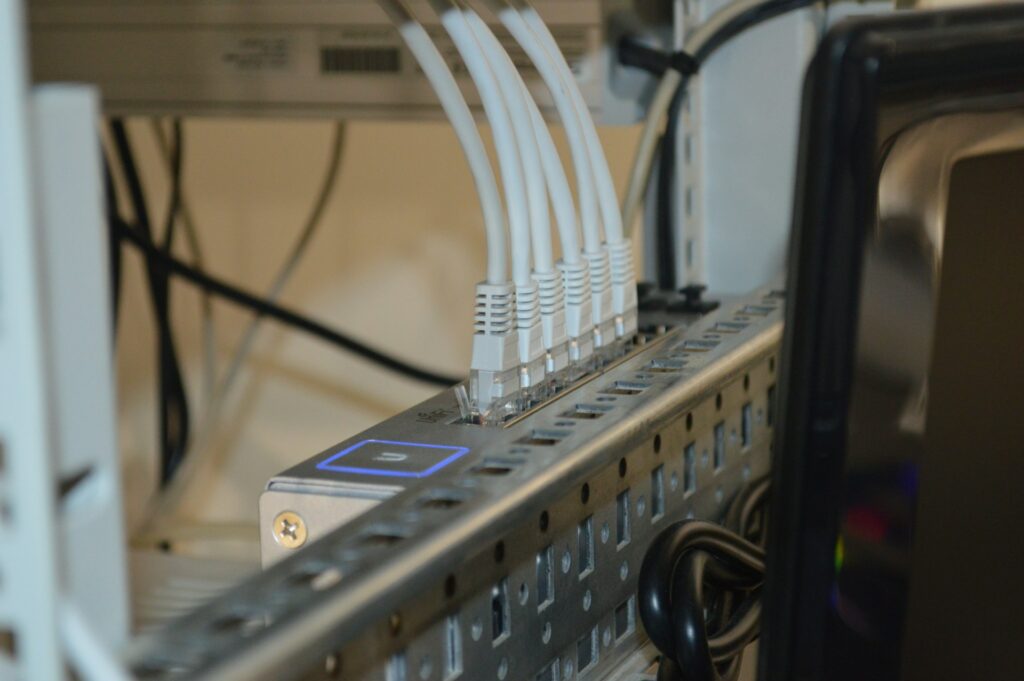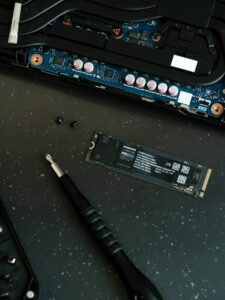(A Step-by-Step Guide) How to Improve the Speed of Your Internet Connection at Home

(A Step-by-Step Guide) How to Improve the Speed of Your Internet Connection at Home
There are few things that are more annoying than having a poor internet connection, particularly when you are attempting to watch your favorite program, attend an online conference, or submit a file before a certain deadline. Although high-speed internet is available in the majority of houses, its reliability is not always guaranteed. There are situations when the problem is not with your service provider but rather with the configuration of your own house.
Have no fear if you find yourself questioning, “Why is my Wi-Fi connection so slow?” on a regular basis. You will be able to increase the speed of your internet connection, enhance its stability, and have a more enjoyable experience while you are online if you take the appropriate measures.
If you want to solve sluggish internet at home without having to hire a computer specialist, here is a straightforward step-by-step tutorial that will assist you.
1. Testing your internet speed
If you want to make any changes, it is essential to first determine how fast your internet connection truly is.
You may use the Speed Test tool on Google by searching for “speed test.” Alternatively, you can go to speedtest.net. If you are connected to your Wi-Fi network, you should run the test and make a note of three things: the download speed, the upload speed, and the ping (latency) speed.
Make a comparison between the speed you are paying for with your internet provider and the results you are getting. When there is a significant gap, it is possible that there is anything that is interfering with your connection.
2. Restart Both Your Router and Modem
The tried-and-true method does, in fact, work.
Take your modem and router out of their respective plugs, wait for around thirty seconds, and then re-plug them. Fixing temporary issues and resetting your connection to your internet provider are both accomplished by doing this. Run another test of your speed once you have restarted; you could find that it has improved almost immediately.
It is possible that your internet box incorporates both the modem and the router if you do not have a separate modem and router. A complete reset is still beneficial.
3. Move Your Router to a More Favorable Location
Walls, furniture, and even equipment like microwaves may have an impact on the signal strength of your Wi-Fi network. If your router is hidden away in a nook or behind a desk, it is not doing you any favors and should be avoided at all costs.
Put your router in place:
- One of the most prominent spots in your house
- Placed on a surface that is elevated, such as a shelf or table
- Keep away from dense walls and interference from electrical devices.
The signal strength of your device increases in proportion to its proximity to the router. Moving your router to a new location may considerably enhance the speed of your internet connection in regions that previously had poor signals.
4. Disconnect any devices that are not being utilized.
bandwidth is used by every connected device, even while it is not in use. Because your smart TV, Alexa, printer, and iPad are all connected to the internet at the same time, your internet connection is being divided among them.
You should go through your device list (you can check this on the settings website or app of your router) and disconnect everything that you do not specifically need at this time. A decrease in congestion results in an increase in speed for the devices that are really important.
5. Ensure that your router’s firmware is up to date.
In order to maintain its optimal performance, your router, just like a smartphone or a computer, need frequent upgrades. In addition to causing unforeseen faults, outdated firmware may also slow down the system.
You may update your router by:
- Log in to the configuration settings of your router by using a web browser (often by entering 192.168.1.1 into the address bar that appears on the browser).
- Keep an eye out for a part that goes by the name “Firmware Update” or “Router Upgrade.”
- Downloading and installing the most recent version requires that you follow the instructions.
- It is possible that this step alone will bring about a substantial increase in speed if you have never upgraded your network previously.
6. Secure your wireless network.
There is a possibility that other people are accessing your Wi-Fi connection without your knowledge if it is not password-protected or if you are using a password that is not strong enough. Both your speed and the security of your data are compromised as a result of this.
It is important that your Wi-Fi network:
- encrypts data using WPA3 (or at the very least, WPA2)
- Owns a secure and one-of-a-kind password
- Does not make use of the standard SSID (network name) instead
- It is simple to make adjustments to these settings by using the control panel of your router.
7. Attempt to Alter the Wi-Fi Channel
It is possible for the Wi-Fi signals of your neighbors to interfere with your own, particularly if you are located in an apartment building or in an area that is tightly packed. Considering that routers function on channels, having an excessive number of routers sharing the same channel might result in a slowdown.
It is possible to manually switch to a channel that has less congestion. For Android users, you may use WiFi Analyzer, while for Windows and Mac users, you can use NetSpot. These programs will scan your region and help you pick the best channel.
Within the settings of your router, either in the Wireless or Advanced Settings area, you have the ability to move between different channels.
8. Invest in a more advanced router or make use of a wireless range extender.
If your router is older than four to five years, it is possible that it will not be able to sustain the speeds that your internet subscription provides. Improved range, increased bandwidth, and more intelligent traffic management are all features of modern routers.
You may want to think about installing a Wi-Fi extender or converting to a mesh Wi-Fi system if you have a big house or are in a region that has dead zones. These assist in dispersing the signal equally across your property, therefore removing any weak areas that may exist.
9. Using an Ethernet Cable for Important Devices.
Despite the fact that Wi-Fi is handy, it is not necessarily the quickest or most reliable option. Connecting essential devices, such as your personal computer or smart television, to the network with an Ethernet connection is something you should think about doing if you work from home, play games online, or stream in 4K resolution.
In general, wired connections are preferred since they are quicker, more secure, and unaffected by interference or barriers.
10. In the event that nothing else is successful, Call Your Internet Provider
In the event that you have exhausted all possible solutions and your speeds continue to be poor, the issue may be beyond your ability to manage. Either a broken line, a malfunctioning cable, or congestion in your location might be the cause of the problem.
Communicate the matter to your internet service provider by calling them. In some circumstances, they may be able to do remote diagnostics, dispatch a technician, or even upgrade your plan at no cost if your region has been upgraded to provide quicker service.
A Modest Adjustment Can Make a Huge Difference
If you have slow internet, it does not necessarily indicate that you need to switch providers or make costly changes. The majority of the time, all that is required is to move your router, turn off a few gadgets that aren’t essential, or make adjustments to settings that you were completely unaware existed.
By following these few methods, you will be able to enhance speed, decrease latency, and guarantee that your house will remain connected and free of irritation during the whole day.







